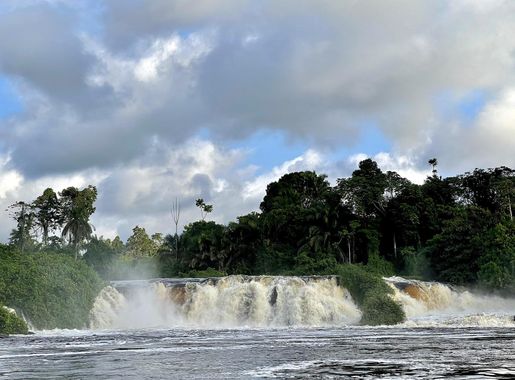
Campo Ma'an National Park: A Biodiversity Treasure in Cameroon
Explore Campo Ma'an National Park in Cameroon, a biodiversity hotspot teeming with wildlife, lush rainforests, and rich cultural heritage.
Campo Ma'an National Park is a hidden gem located in the southern region of Cameroon. Spanning over 2,600 square kilometers, this park is a haven for biodiversity enthusiasts. The park is home to a rich variety of wildlife, including forest elephants, gorillas, and chimpanzees. Bird watchers will be thrilled to find over 300 bird species residing in the park's dense forests and wetlands. Visitors to Campo Ma'an can explore the park through guided tours, which offer a unique opportunity to learn about the diverse ecosystems and the importance of conservation efforts. The park's lush rainforest, rivers, and mangroves provide a picturesque backdrop for photography and nature walks. For those interested in local culture, the nearby villages offer a glimpse into the traditional lifestyles of the local communities. Many villagers are involved in conservation work, and their knowledge of the land and its inhabitants is invaluable. A visit to Campo Ma'an National Park is not just an adventure but also an educational experience that highlights the importance of preserving our natural world.
Local tips in Campo Ma'an National Park
- Best time to visit: The dry season from November to February offers the best conditions for wildlife viewing and outdoor activities.
- Guided tours: Hiring a local guide is highly recommended to navigate the park and gain insights into its diverse ecosystems.
- Health precautions: Ensure you have all necessary vaccinations and carry insect repellent to protect against mosquitoes.
- Local culture: Respect the traditions and customs of the local communities. Engaging with them can enrich your experience.
- Accommodation: Book your stay in advance, as options within and around the park can be limited.
Campo Ma'an National Park: A Biodiversity Treasure in Cameroon
Campo Ma'an National Park is a hidden gem located in the southern region of Cameroon. Spanning over 2,600 square kilometers, this park is a haven for biodiversity enthusiasts. The park is home to a rich variety of wildlife, including forest elephants, gorillas, and chimpanzees. Bird watchers will be thrilled to find over 300 bird species residing in the park's dense forests and wetlands. Visitors to Campo Ma'an can explore the park through guided tours, which offer a unique opportunity to learn about the diverse ecosystems and the importance of conservation efforts. The park's lush rainforest, rivers, and mangroves provide a picturesque backdrop for photography and nature walks. For those interested in local culture, the nearby villages offer a glimpse into the traditional lifestyles of the local communities. Many villagers are involved in conservation work, and their knowledge of the land and its inhabitants is invaluable. A visit to Campo Ma'an National Park is not just an adventure but also an educational experience that highlights the importance of preserving our natural world.
When is the best time to go to Campo Ma'an National Park?
Unmissable attractions to see
carrefour kingué
Experience the vibrant culture and charm of Carrefour Kingué in Kribi, where local flavors and stunning coastal views await.

Le Phare De Kribi
Experience breathtaking views and rich maritime history at Le Phare De Kribi, a stunning lighthouse on the picturesque coastline of Cameroon.
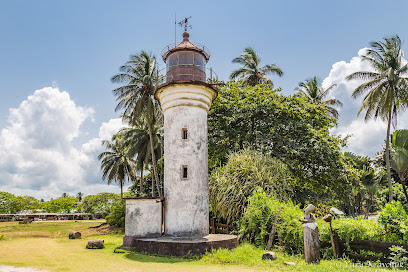
Londji Beach
Experience the beauty of Londji Beach, a serene escape in Cameroon where culture meets the stunning coastline.
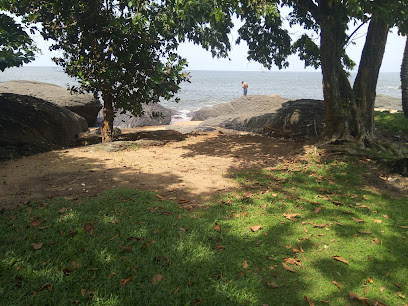
Ngoyè
Explore the enchanting Ngoyè in Kribi, Cameroon, where pristine beaches meet rich culture and stunning landscapes await every traveler.
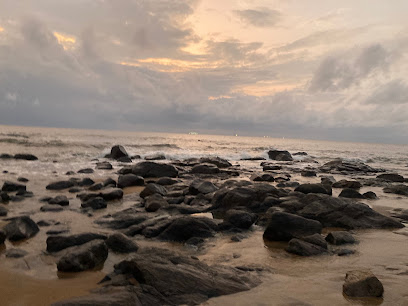
La Regional
Explore La Regional Park in Ebolowa for a peaceful retreat amidst nature, vibrant local culture, and memorable experiences.
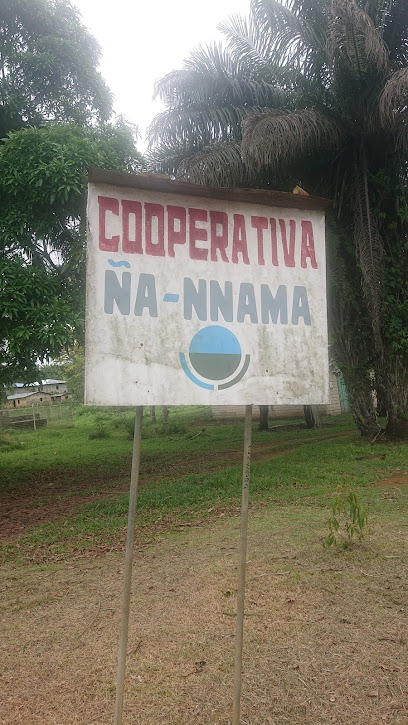
site touristique de nkolandom(sud cameroun)
Explore the rich cultural heritage of Nkolandom in Southern Cameroon, where history and artistry come to life in a captivating museum experience.
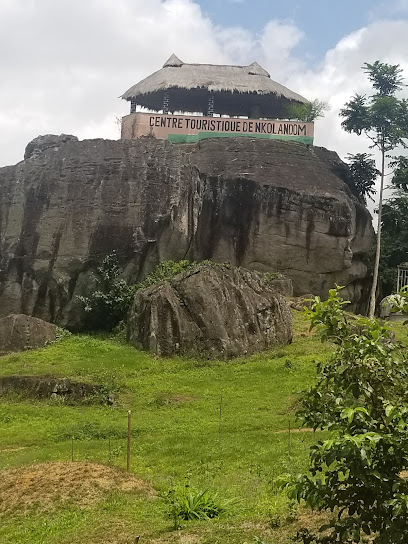
Conservation Parc Nacional de Campo-Ma‘an (WWF)
Experience the breathtaking biodiversity and conservation efforts at Conservation Parc Nacional de Campo-Ma‘an, a wildlife refuge in the heart of Cameroon.
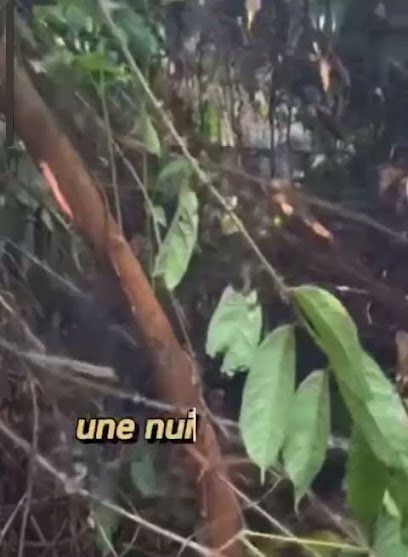
Mémorial batanga
Explore the rich cultural heritage and history of the Batanga people at the Mémorial Batanga in Kribi, Cameroon.
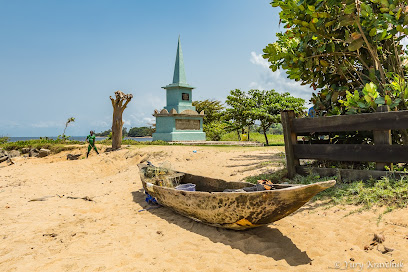
LONGJI plage
Experience the serene beauty of Longji Plage in Kribi, Cameroon – a perfect getaway for relaxation and adventure amidst nature's wonders.
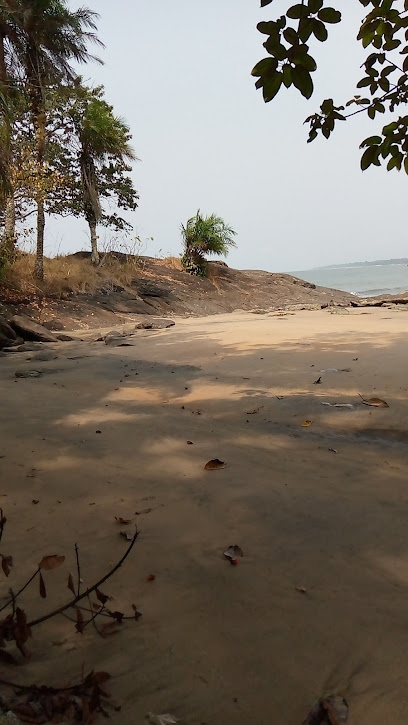
Chutes de Memve'ele
Explore the breathtaking Chutes de Memve'ele in Cameroon, a natural paradise for hiking and nature lovers immersed in stunning waterfalls and lush landscapes.
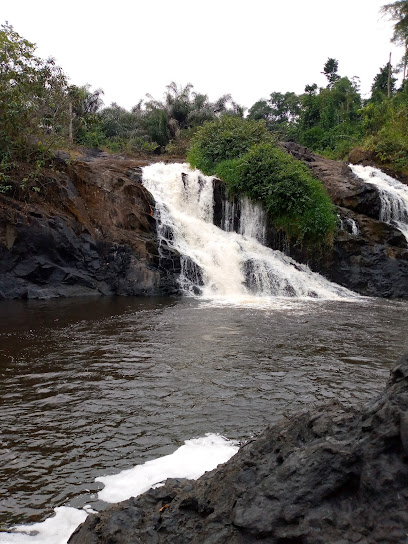
Rocher d'Ako'okas
Explore the stunning Rocher d'Ako'okas in Amvam, Cameroon - a breathtaking natural attraction perfect for adventure and relaxation amidst lush landscapes.
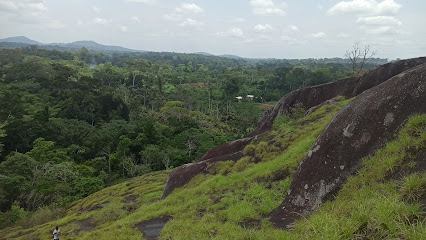
Carrefour Ndongo
Explore Carrefour Ndongo in Ebolowa, Cameroon - a vibrant market filled with local culture, delicious food, and authentic Cameroonian experiences.
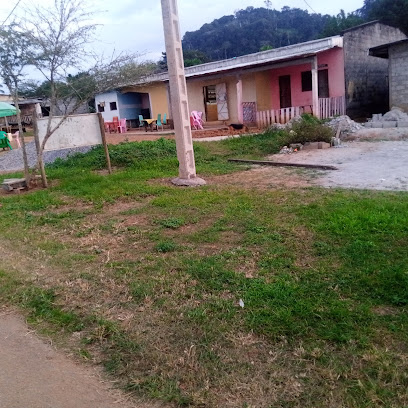
BONGUEN PLAZA
Experience the vibrant culture and local charm at Bonguen Plaza, a must-visit tourist attraction in Abou, perfect for shopping and dining.
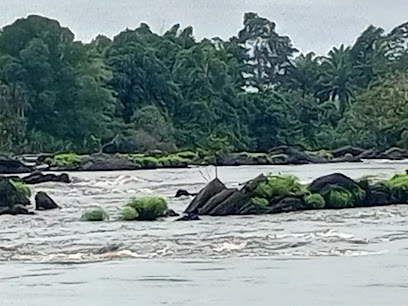
Rivière Kobongwe, Kobongwe Kribi
Experience the serene beauty of Riviere Kobongwe in Kribi, where tranquil waters meet lush landscapes, perfect for relaxation and exploration.

La chute de MBIKILIKI
Explore the breathtaking La Chute de Mbikiliki, a stunning waterfall in Cameroon, perfect for nature lovers and adventure seekers alike.
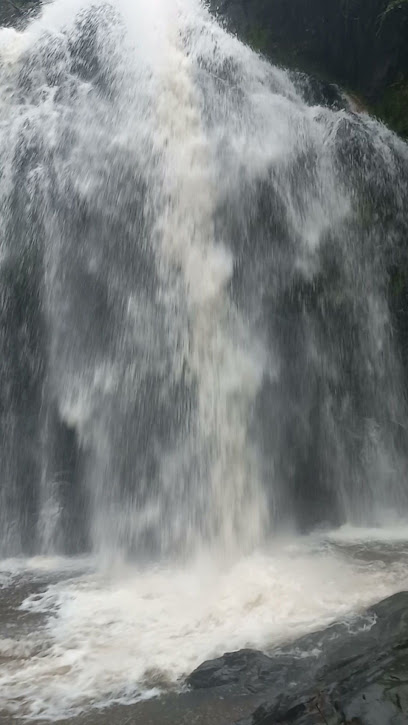
Essential places to dine
Tchopetyamo
Discover authentic Cameroonian flavors at Tchopetyamo in Douala - where tradition meets modern dining.

Saga Africa Restaurant - Akwa, Douala
Discover a fusion of African and European flavors at Saga Africa Restaurant in Douala - where every meal tells a story.
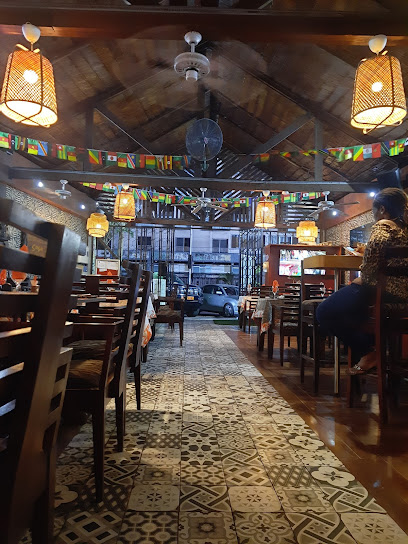
LA PIZZERIA
Discover authentic Italian flavors at La Pizzeria in Douala—where every dish is crafted with passion and tradition.
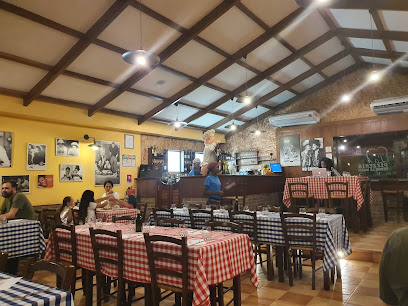
Le Boj, Douala
Experience exquisite dining at Le Boj in Douala - where local flavors meet international cuisine in a vibrant lounge atmosphere.
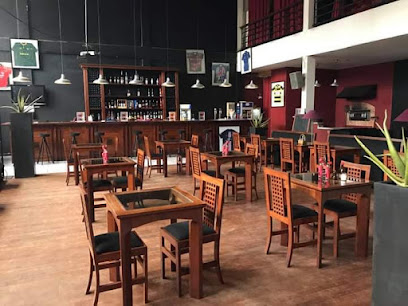
Restaurant Kajazoma
Experience the rich flavors of Cameroon at Restaurant Kajazoma in Yaoundé – where tradition meets culinary artistry.
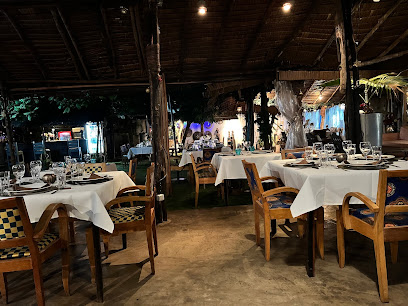
Bombay Masala
Experience authentic Indian cuisine at Bombay Masala in Douala – where every meal is a journey through India's rich culinary heritage.
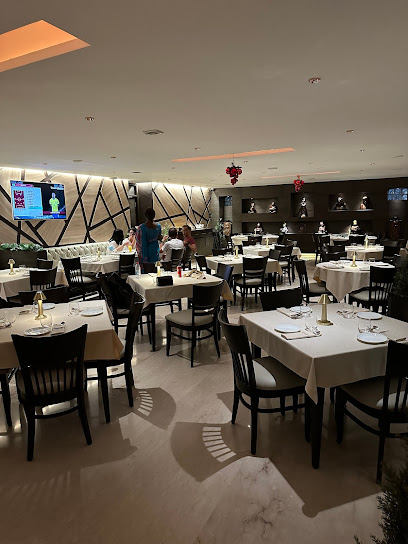
La Salsa Restaurant
Experience the fusion of local and international cuisine at La Salsa Restaurant in Yaoundé - where every meal tells a story.
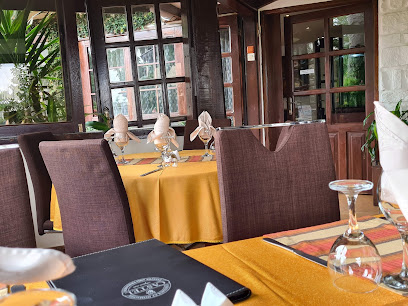
Chez Wou
Experience the essence of Chinese cuisine at Chez Wou in Yaoundé—where authenticity meets elegance.
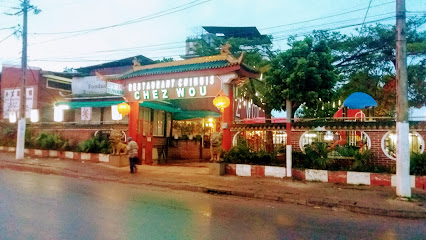
Le Plaisir du Gout
Experience the culinary charm of Le Plaisir du Gout in Kribi – where traditional flavors meet delightful pizzas.
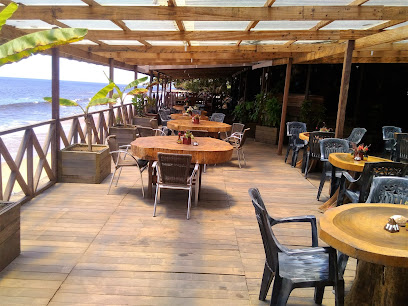
La Fourchette
Discover La Fourchette in Douala - where exquisite French cuisine meets elegant dining in an unforgettable setting.
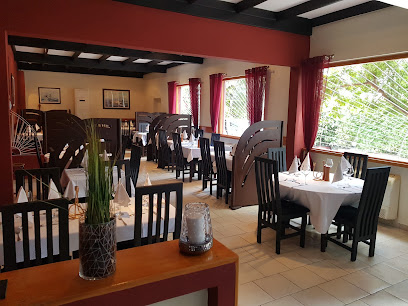
African food by Emy
Experience the rich tapestry of African cuisine at African Food by Emy in Douala, where each dish tells a story of tradition and flavor.

Platinium Cafe
Experience authentic Cameroonian flavors at Platinium Cafe - where culinary tradition meets modern dining in Yaoundé.
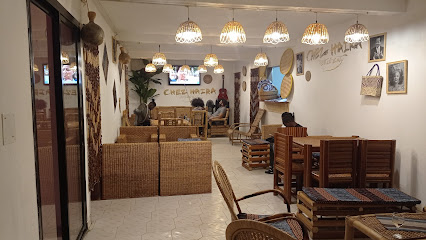
Big Bite
Experience culinary bliss at Big Bite in Limbe, where local flavors meet oceanfront dining amidst stunning views.
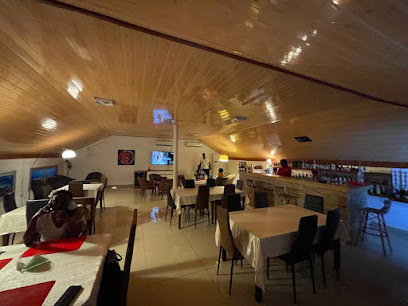
IYA Buea
Experience authentic Cameroonian cuisine at IYA Buea, where every meal tells a story amidst vibrant surroundings.
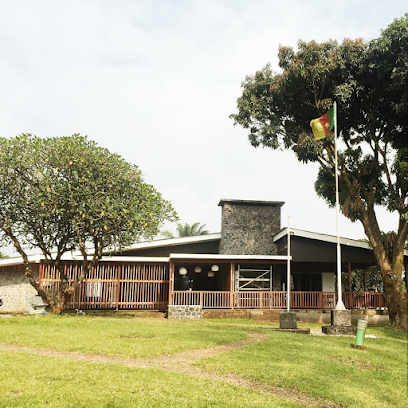
L'Ovalie
Discover the vibrant flavors of Cameroon at L'Ovalie in Douala - a perfect blend of local cuisine and international delights.
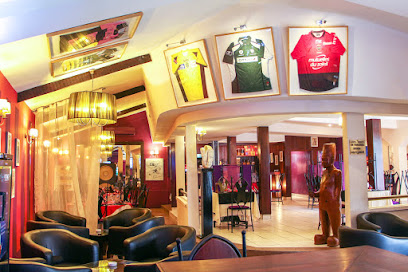
Markets, malls and hidden boutiques
Campo Reserve
Experience the enchanting landscapes and rich biodiversity of Campo Reserve, a national park in Cameroon, perfect for nature lovers and adventure seekers.
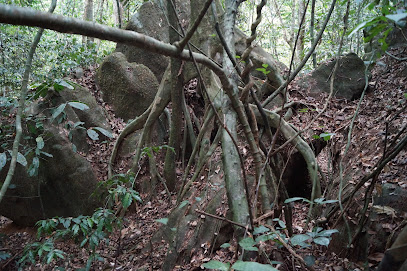
AKIM BOUTIQUE NDA MEYOK
Experience Ebolowa's rich drinking culture at Akim Boutique NDA Meyok, your go-to spot for a diverse selection of local and international beverages.
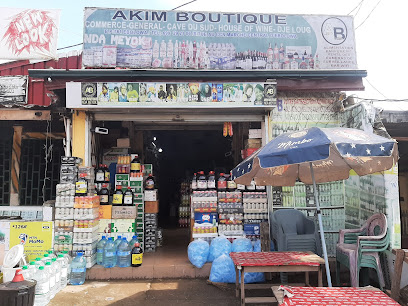
Boutique Orange NIÉTÉ
Explore the latest mobile technology at Boutique Orange NIÉTÉ, Niete's premier cell phone store offering quality products and expert service.
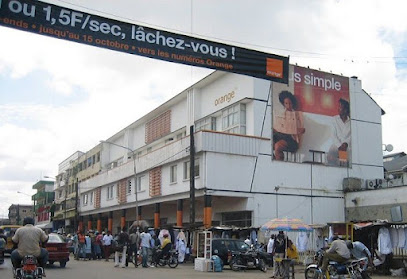
Canal + Route Classique
Discover the vibrant shopping experience at Canal + Route Classique in Ebolowa, where local culture meets international brands.

Marvelous
Explore Marvelous in Ebolowa for exquisite fashion accessories and quality sewing supplies, a perfect blend of style and creativity.
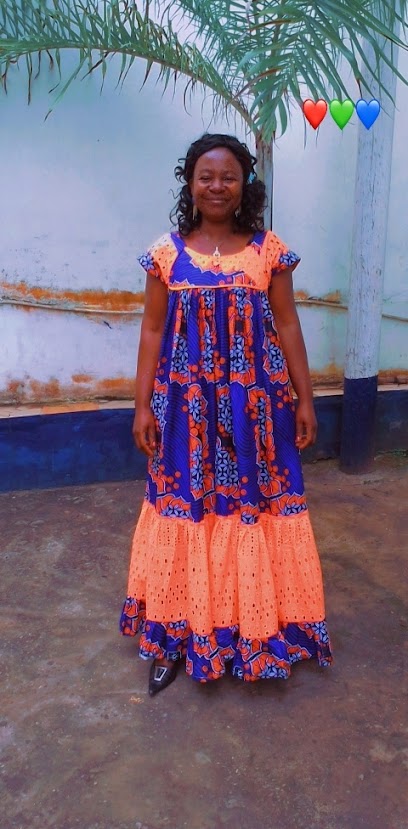
Minguikium (Marché Mpobbi)
Experience the vibrant culture of Cameroon at Minguikium (Marché Mpobbi), your go-to destination for unique women's clothing and local craftsmanship.
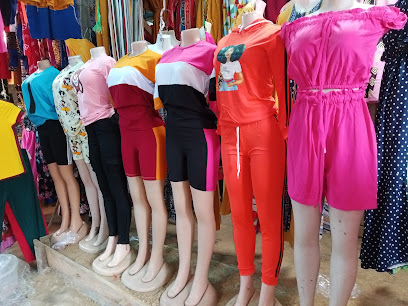
PARFUMERIE ABDOU
Explore Parfumerie Abdou in Ebolowa for a unique selection of cosmetics and fragrances that reflect local beauty culture.

Boutique Orange MEKALAT
Discover Boutique Orange MEKALAT in Ebolowa – your one-stop destination for mobile devices and accessories in the heart of Cameroon.
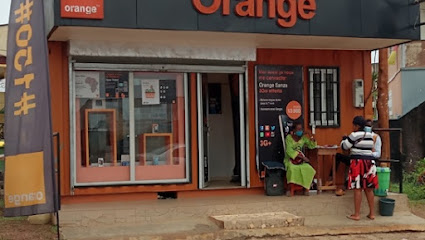
ETS NYANGONO DU SUD
Experience the vibrant shopping culture at ETS NYANGONO DU SUD in Ebolowa, featuring unique shops and local dining delights.
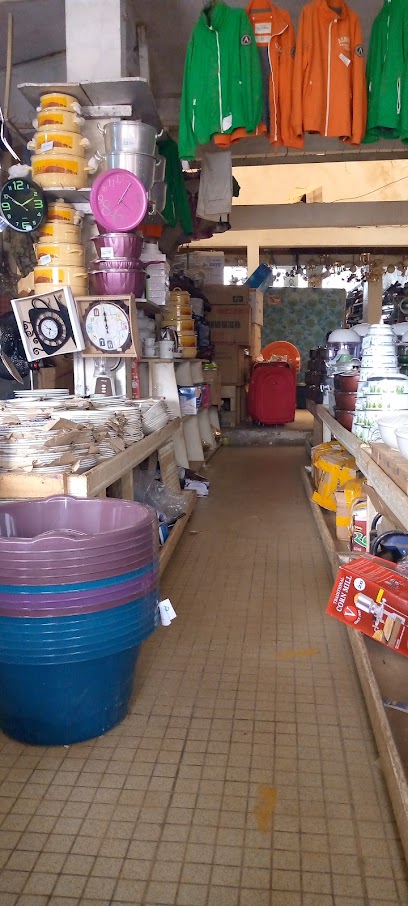
CAVE DE BATA
Discover essential goods and local delights at CAVE DE BATA, Ebolowa's premier convenience store for tourists and locals alike.

Ayouba Mobile Store
Explore Ambam with ease from Ayouba Mobile Store, your premier destination for mobile devices and accessories.
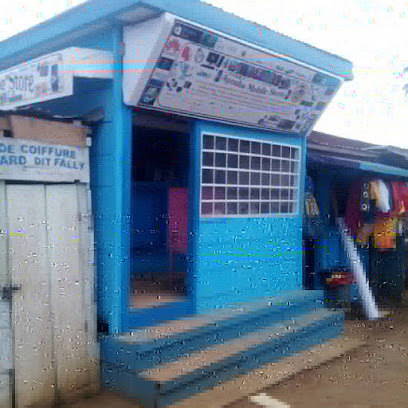
Boutique Meganell
Discover the charm of Kribi at Boutique Meganell, where local culture meets contemporary fashion in a delightful shopping experience.

KBE SHOPPING
Discover the latest fashion trends at KBE Shopping in Ebolowa, a dress store that offers stylish apparel for every occasion.
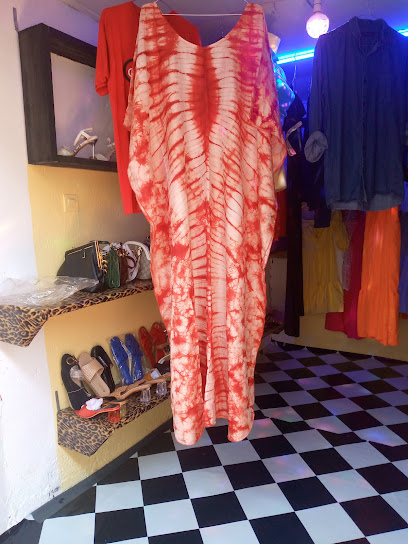
ETS NYAMEZIBI BE MEMA CARINE
Discover convenience and local flavor at ETS NYAMEZIBI BE MEMA CARINE, the ideal shopping destination in Mefo for all your travel needs.
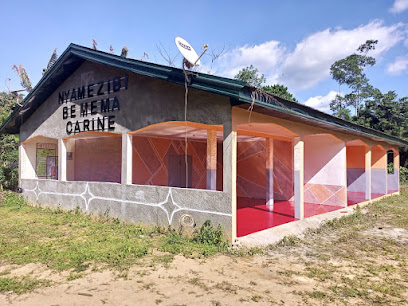
Rita Shopping
Discover unique fashion finds at Rita Shopping in Ebolowa, where local craftsmanship meets modern style in a vibrant shopping experience.

Essential bars & hidden hideouts
Cote D'azur Annexe
Experience the lively atmosphere and affordable drinks at Cote D'azur Annexe, Ebolowa's go-to bar for locals and tourists alike.
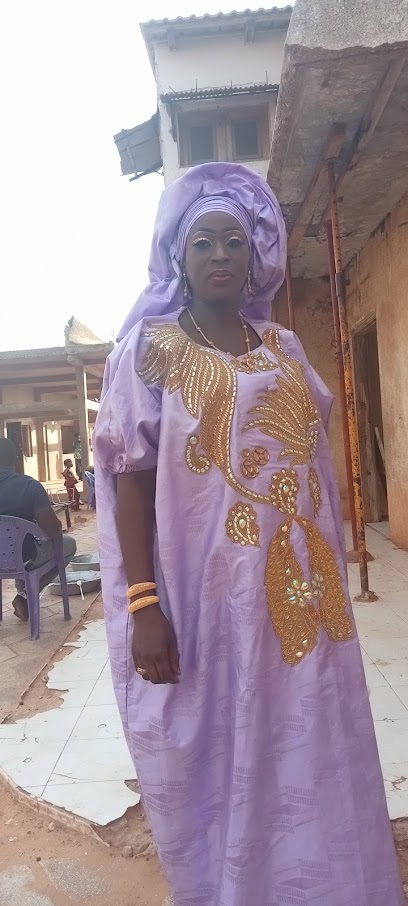
Les Brasseries Du Cameroun
Discover the lively ambiance and local flavors at Les Brasseries Du Cameroun, the heart of Ebolowa's social scene.

Longuè Le Ndé
Experience the lively nightlife at Longuè Le Ndé in Ebolowa, where vibrant atmosphere, local drinks, and music come together for an unforgettable night.
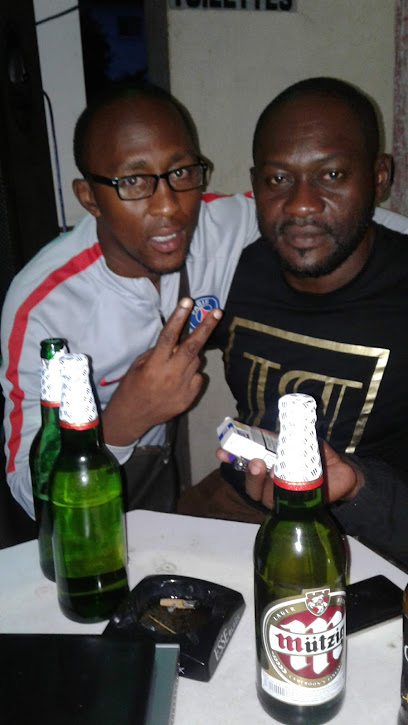
Dallas Bar
Experience the vibrant nightlife at Dallas Bar, a perfect spot for drinks and socializing in a lively atmosphere.
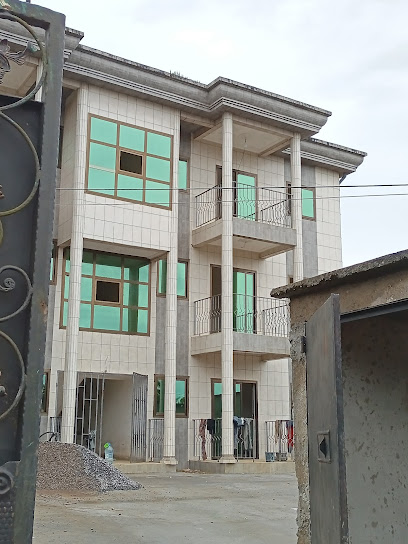
AGRELE BOUTIQUE
Discover the vibrant nightlife at AGRELE BOUTIQUE, a must-visit bar in Adjap, blending local flavors with a lively atmosphere.
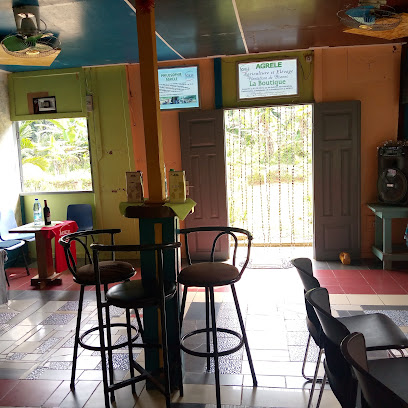
Le Grand Lisboa
Discover the lively charm of Le Grand Lisboa, a vibrant bar in Ebolowa offering affordable drinks and a taste of Cameroonian nightlife.
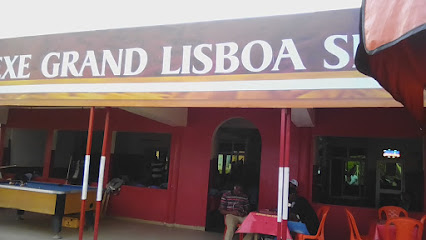
Lisboa bar
Discover the vibrant nightlife of Ebolowa at Lisboa Bar, where local culture and refreshing drinks intertwine in a cozy atmosphere.

Forestier Bar
Experience the vibrant atmosphere and refreshing drinks at Forestier Bar, a local favorite in the heart of Kribi's coastal charm.
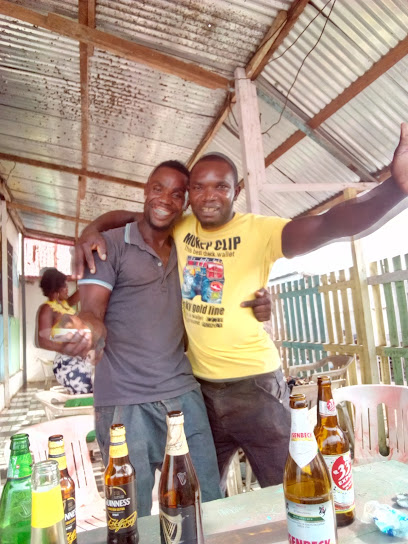
Tshiear Nà Tshiear
Experience the local culture and vibrant nightlife at Tshiear Nà Tshiear, a must-visit bar for tourists seeking relaxation and connection.
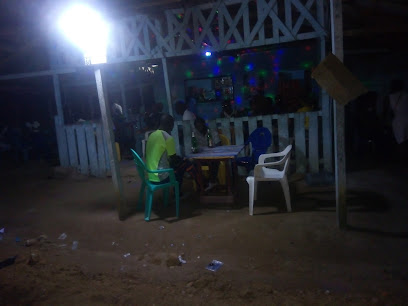
Jeeps lounge
Discover the lively ambiance and diverse culinary offerings at Jeeps Lounge, Ebolowa's premier bar and restaurant for tourists and locals.
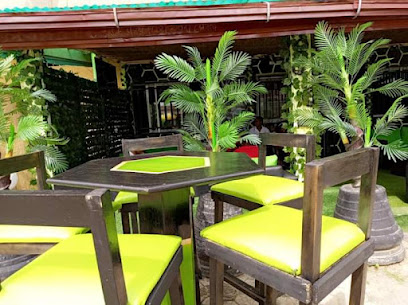
Apatou Bar
Discover the serene ambiance and local flavors at Apatou Bar in Kribi, a perfect coastal escape for tourists seeking relaxation and fun.

Tchakounte Bar
Discover the vibrant atmosphere of Tchakounte Bar in Yambong, where local culture meets lively entertainment in a delightful setting.

MAIN DANS LA MAIN BAR
Discover the lively atmosphere and unique cocktails at MAIN DANS LA MAIN BAR in Kribi, the perfect spot for an unforgettable night out.
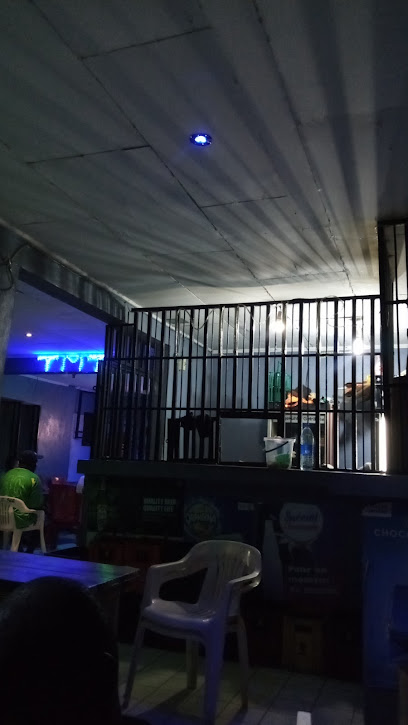
Detente Bar Lolodorf
Discover the vibrant and friendly atmosphere of Detente Bar Lolodorf in Efoulan, where relaxation meets local culture in every sip.
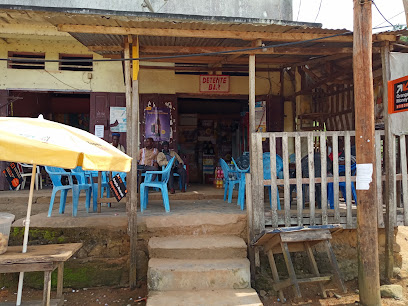
ETS LA MANIGANCE
Explore ETS LA MANIGANCE, a vibrant bar in Ebolowa, perfect for relaxing with friends and experiencing local Cameroonian culture.
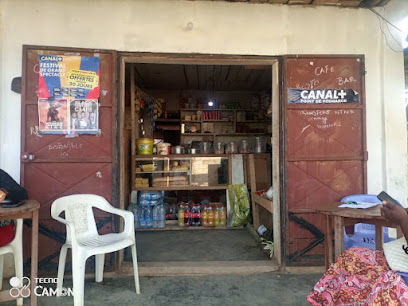
Local Phrases about Campo Ma'an National Park
-
- HelloBongte
[bon-teh] - GoodbyeAdieu
[ah-dyuh] - YesEeh
[eh] - NoNga
[ngah] - Please/You're welcomeMba
[mbah] - Thank youMulema
[moo-leh-mah] - Excuse me/SorrySikat
[see-kaht] - How are you?Ndinga ndolo?
[ndeen-gah ndoh-loh] - Fine. And you?Ndolo. Na wou?
[ndoh-loh. nah woh] - Do you speak English?Wou na ndzulo ndzulo?
[woh nah ndzoo-loh ndzoo-loh] - I don't understandNdefo nde?
[nde-foh ndeh]
- HelloBongte
-
- I'd like to see the menu, pleaseNjani menu, mba
[nja-nee meh-noo, mbah] - I don't eat meatA wou mevungi nyama
[ah woh meh-voon-gee nyah-mah] - Cheers!Bodongo!
[boh-dohn-goh] - I would like to pay, pleaseA wou njonjo, mba
[ah woh njon-joh, mbah]
- I'd like to see the menu, pleaseNjani menu, mba
-
- Help!Moto!
[moh-toh] - Go away!Njoo!
[n-joh] - Call the Police!Njoo polis!
[n-joh poh-lees] - Call a doctor!Njoo dokte!
[n-joh dohk-teh] - I'm lostA wou na nja
[ah woh nah n-jah] - I'm illA wou na beba
[ah woh nah beh-bah]
- Help!Moto!
-
- I'd like to buy...A wou njo...
[ah woh njo] - I'm just lookingMa njang
[mah njan] - How much is it?Mbu a?
[mboo ah] - That's too expensiveMbu a nko
[mboo ah n-koh] - Can you lower the price?Wou a ngone a?
[woh ah n-goh-neh ah]
- I'd like to buy...A wou njo...
-
- What time is it?Mbu nje?
[mboo n-jeh] - It's one o'clockMbu nje ma
[mboo n-jeh mah] - Half past (10)Nje ma wou nyen
[n-jeh mah woh nyen] - MorningMatin
[ma-teen] - AfternoonNkom
[n-kohm] - EveningNkwa
[n-kwah] - YesterdayNkem
[n-kem] - TodayNjia
[n-jee-ah] - TomorrowNyi
[nyee] - 1Nyen
[nyen] - 2Nyen nyen
[nyen nyen] - 3Nyen nyen nyen
[nyen nyen nyen] - 4Nyen nyen nyen nyen
[nyen nyen nyen nyen] - 5Nyen nyen nyen nyen nyen
[nyen nyen nyen nyen nyen] - 6Nyen nyen nyen nyen nyen nyen
[nyen nyen nyen nyen nyen nyen] - 7Nyen nyen nyen nyen nyen nyen nyen
[nyen nyen nyen nyen nyen nyen nyen] - 8Nyen nyen nyen nyen nyen nyen nyen nyen
[nyen nyen nyen nyen nyen nyen nyen nyen] - 9Nyen nyen nyen nyen nyen nyen nyen nyen nyen
[nyen nyen nyen nyen nyen nyen nyen nyen nyen] - 10Nyen nyen nyen nyen nyen nyen nyen nyen nyen nyen
[nyen nyen nyen nyen nyen nyen nyen nyen nyen nyen]
- What time is it?Mbu nje?
-
- Where's a/the...?Wou e...
[woh eh...] - What's the address?Mbu e adresse?
[mboo eh ah-dres] - Can you show me (on the map)?Wou a nyo ma?
[woh ah nyoh mah] - When's the next (bus)?Mbu e la bus?
[mboo eh lah boos] - A ticket (to ....)Nyok e...
[nyohk eh...]
- Where's a/the...?Wou e...
History of Campo Ma'an National Park
-
Before the advent of colonial rule, the area now known as Campo Ma'an National Park was home to various indigenous groups, including the Bantu and Pygmy peoples. These communities lived in harmony with the natural environment, utilizing the forest for hunting, gathering, and small-scale agriculture. Their rich cultural traditions and deep knowledge of the land have been passed down through generations.
-
In the late 19th century, the territory of modern-day Cameroon came under German colonial rule. The Germans established plantations and began to exploit the area's natural resources, including timber and rubber. The colonial administration also set up infrastructure projects, which included the construction of roads and railways that cut through the dense forests of Campo Ma'an.
-
Following Germany's defeat in World War I, Cameroon was divided between the French and the British under a League of Nations mandate. The area of Campo Ma'an fell under French control. The French continued the exploitation of natural resources and expanded agricultural activities. This period saw increased interaction between the indigenous populations and European settlers, leading to significant cultural exchanges and changes.
-
Cameroon gained independence from French and British rule in 1960-1961. In 2000, Campo Ma'an was officially designated as a national park as part of efforts to preserve its unique biodiversity and cultural heritage. The establishment of the park was supported by international organizations and aimed to promote sustainable development and ecotourism in the region.
-
Campo Ma'an National Park is renowned for its incredible biodiversity, including endangered species such as forest elephants, gorillas, and mandrills. The park is part of the Congo Basin, one of the world's most important biodiversity hotspots. Various conservation projects have been initiated to protect the flora and fauna, involving local communities in sustainable practices and raising awareness about the importance of preserving this natural treasure.
-
Today, Campo Ma'an National Park serves as a vital cultural and natural heritage site. It provides a living link to the region's past, showcasing the rich traditions of its indigenous inhabitants. The park also plays a crucial role in scientific research, offering insights into tropical ecosystems and conservation strategies. It stands as a testament to the harmonious coexistence of cultural heritage and natural preservation.
Campo Ma'an National Park Essentials
-
Campo Ma'an National Park is located in the South Region of Cameroon. The nearest international airport is Douala International Airport, approximately 350 kilometers away. From Douala, you can hire a taxi or rent a car to travel to the park, which typically takes around 6 to 7 hours by road. Alternatively, you can take a bus from Douala to Kribi or Ebolowa and then arrange local transport to Campo Ma'an.
-
Within Campo Ma'an National Park, transportation options include hiring local guides with vehicles or using 4x4 vehicles suitable for the rough terrain. It is advisable to arrange transportation in advance, either through your accommodation or a local tour operator. There are no public transport options available within the park itself.
-
The official currency in Cameroon is the Central African CFA franc (XAF). Credit cards are rarely accepted, especially in rural areas and within the national park, so it is essential to carry sufficient cash. ATMs can be found in larger towns like Kribi and Ebolowa, but it is best to withdraw cash in Douala before traveling to Campo Ma'an.
-
Campo Ma'an National Park is generally safe for tourists, but it is important to take standard precautions. Avoid walking alone at night and do not leave valuables unattended. While there are no specific high-crime areas targeting tourists, it is always best to stay vigilant. Ensure you have a local guide when exploring remote areas of the park.
-
In case of emergencies, contact the local authorities or park rangers immediately. The emergency number in Cameroon is 112. It is highly recommended to have travel insurance that covers medical emergencies. For minor health issues, carry a basic first aid kit and any necessary medications, as medical facilities within the park are limited.
-
Fashion: Do wear lightweight, breathable clothing suitable for the tropical climate. Avoid flashy or overly revealing attire. Religion: Do respect local customs and traditions. Public Transport: Do be polite and considerate when using local transport options. Greetings: Do greet people with a handshake and a smile. Eating & Drinking: Do try local dishes and be open to new culinary experiences. Don’t drink tap water; always opt for bottled or purified water.
-
To experience Campo Ma'an National Park like a local, consider hiring a local guide who can provide insider knowledge about the park's flora and fauna. Visit local villages to learn about the culture and traditions of the indigenous communities. Participate in eco-tourism activities such as bird watching, primate tracking, and guided nature walks.




